New York Fed President William Dudley said that three or four rate hike is a “reasonable expectation” for 2018. And, “as long as inflation is relatively low, the Fed is going to be gradual.” However, “if inflation were to go above 2 percent by an appreciable margin”, “the gradual path might have to be altered.”
Nonetheless, for now, “the market understands that more than four is quite unlikely, because that would no longer be a gradual path of monetary policy tightening.” He added that ” the market sort of sees three as possible and four as possible, but five or six seems to be quite unlikely.”
Regarding trade war with China, Dudley said the US has “legitimate issues” with China over trade. However, “if trade barriers go up, it’s bad for the U.S. economy. You’re going to have more inflation, less growth, lower productivity, just bad, bad outcomes.”




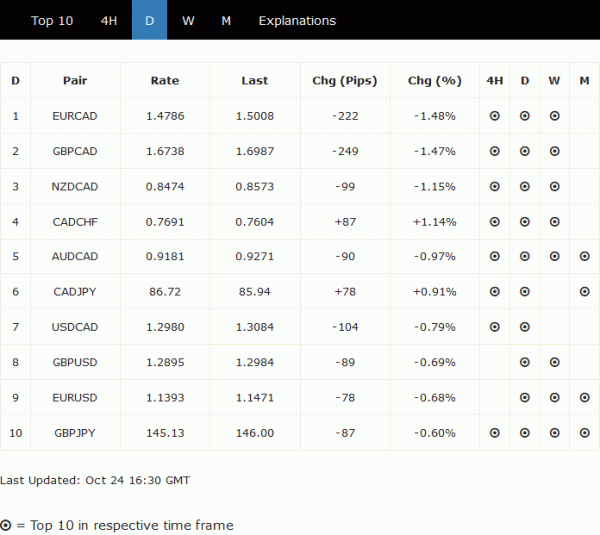
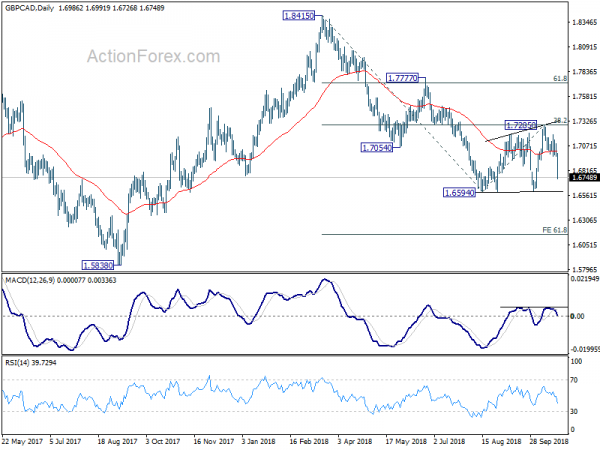
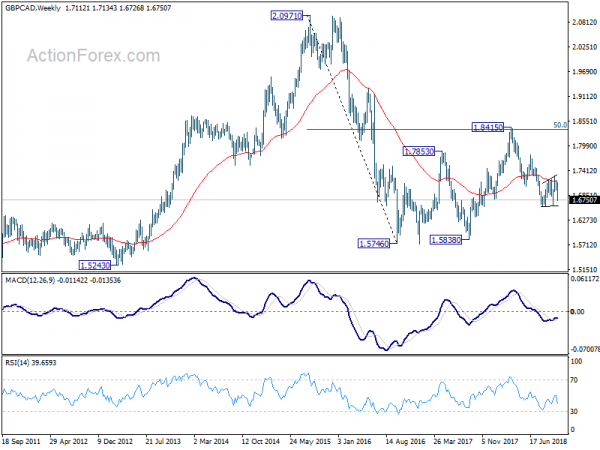
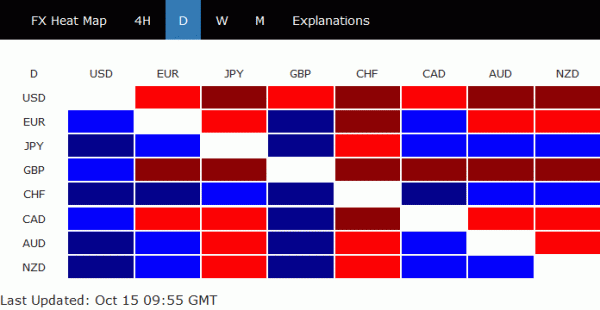
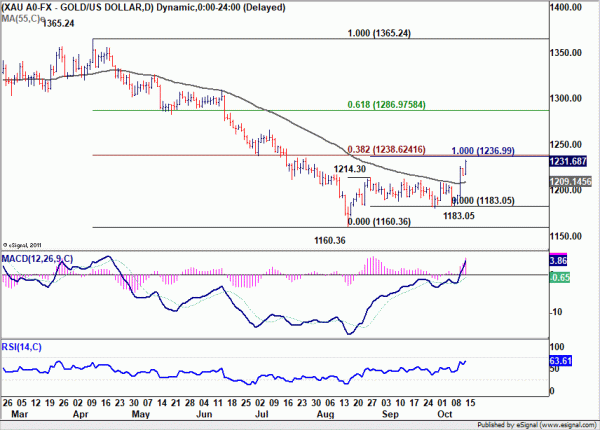
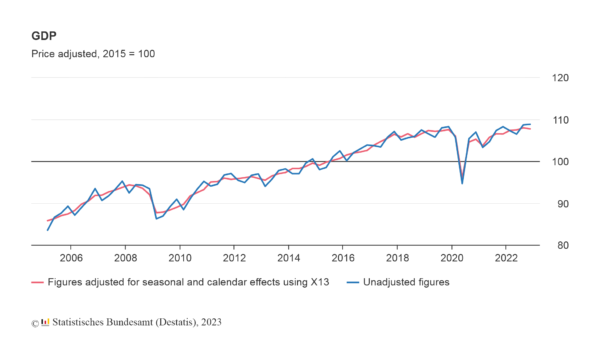
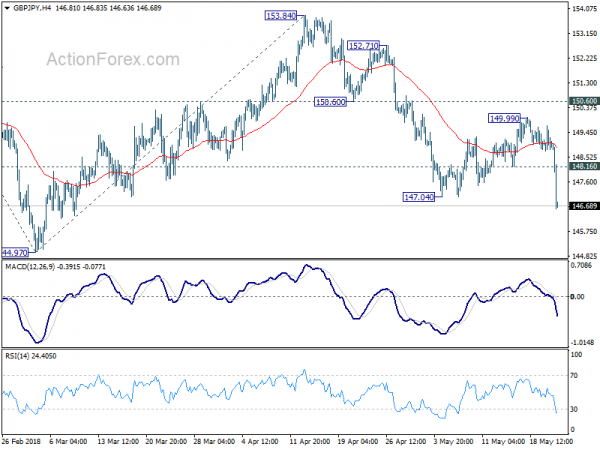
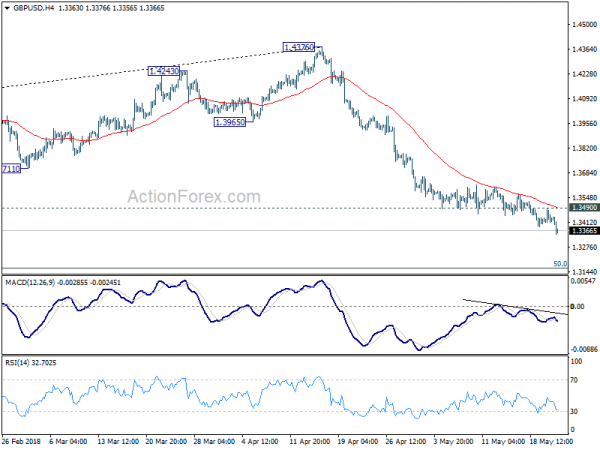
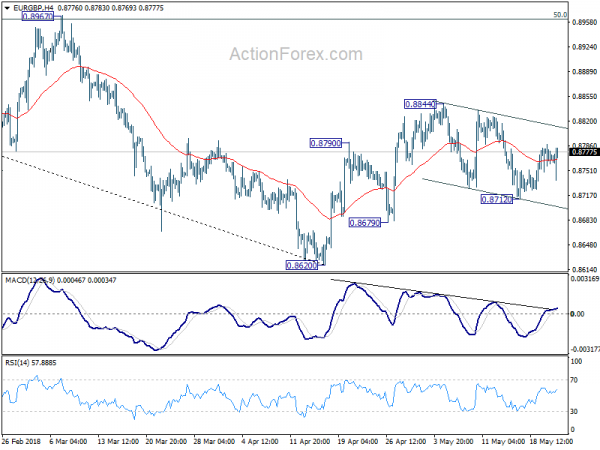
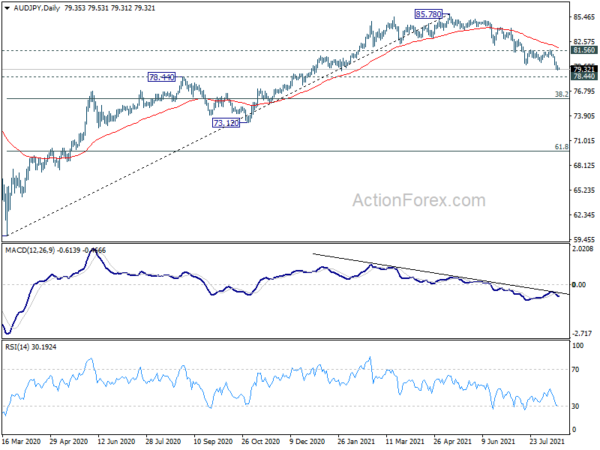
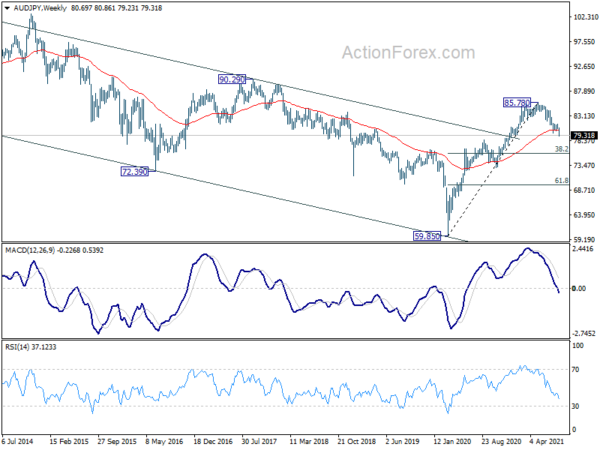
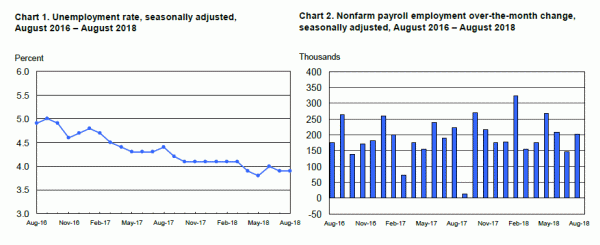
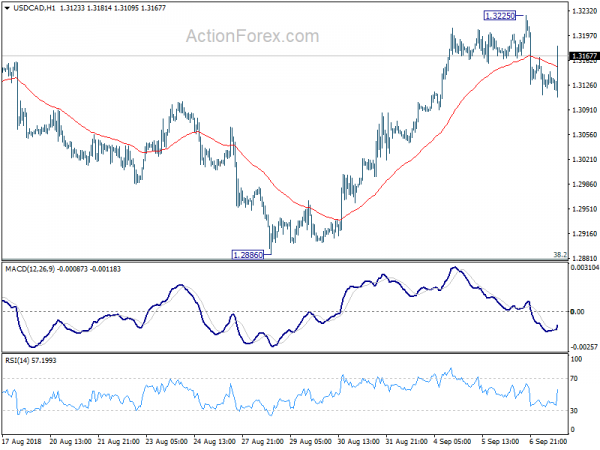
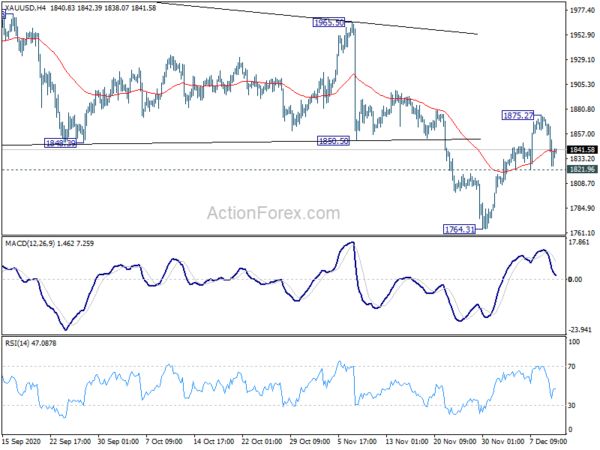
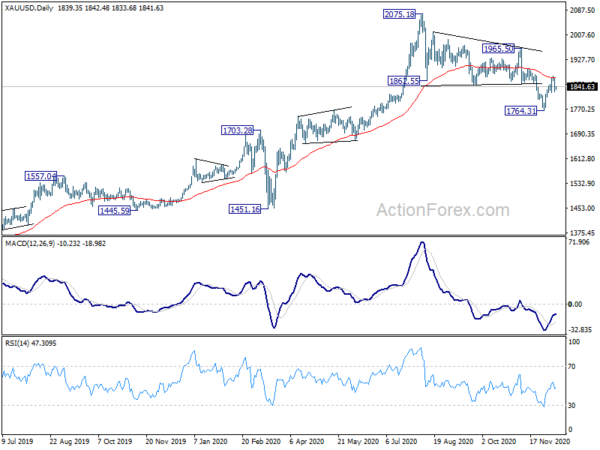
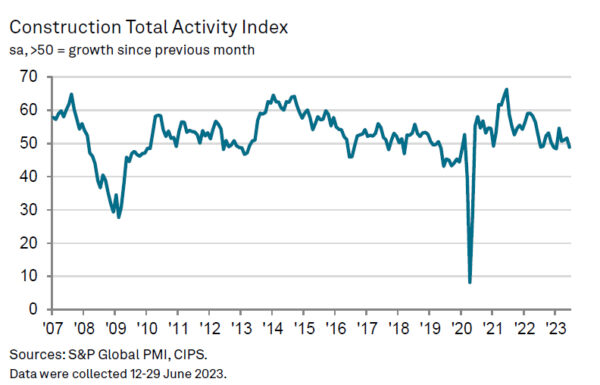

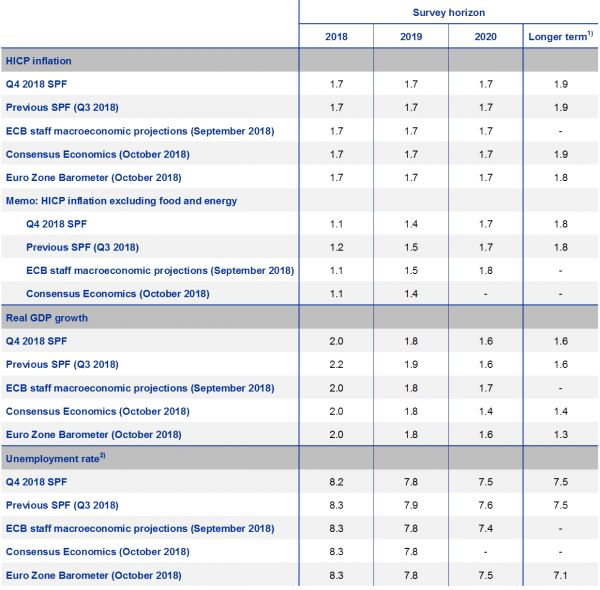

ECB Lagarde: Inflation is largely transitory
ECB President Christine Lagarde repeated on Saturday that “inflation is largely transitory”. “Monetary policy will continue supporting the economy in order to durably stabilize inflation at our 2% inflation target over the medium term,” she said. “The ECB is committed to preserving favorable financing conditions for all sectors of the economy over the pandemic period.”
“Once the pandemic emergency comes to an end — which is drawing closer — our forward guidance on rates as well as asset purchases will ensure that monetary policy remains supportive of the timely attainment of our target,” Lagarde said.
Separately, Governing Council member Klaas Knot also said the current inflation is “mostly temporary”. “It is highly relevant to determine whether this is a temporary phenomenon and goes away or not, and whether this becomes a risk and has secondary effects through higher wages and costs, and that is not the case now,” Knot said. “At this moment, we see it as mostly temporary as our economy is reopening after the corona shock and the supply of products is not keeping up with demand.”